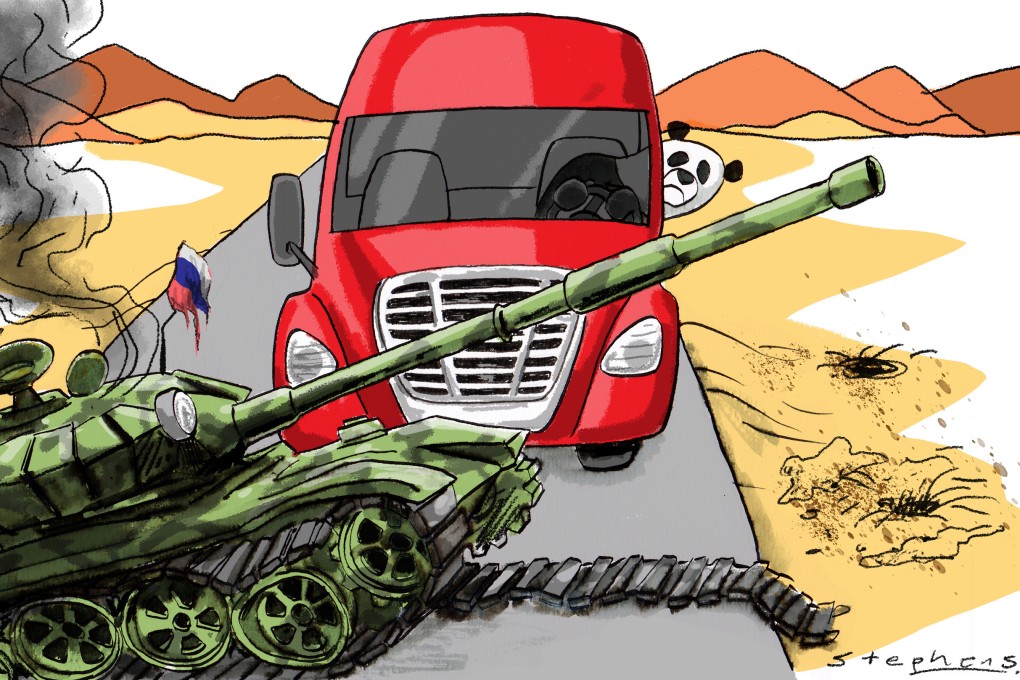Advertisement
Opinion | A weakened Russia leaves China with security gaps in Central Asia and the Caucasus
- Russia’s Ukraine war failures, ‘imperial’ image and the growing unrest in Central Asia suggest it is no longer a security asset for China or the Belt and Road Initiative
- With others ready to project influence in the region, China may have to take responsibility for security in the former Soviet space
Reading Time:3 minutes
Why you can trust SCMP
8

When it comes to the division of labour in the post-Soviet space, the set-up with China as the main economic player and Russia as the dominant military actor remains the optimum geopolitical scenario for President Xi Jinping as he grapples with the Taiwan issue and mounting economic troubles.
Advertisement
But, with the Russian army struggling to control some 116,000 sq km of occupied territory in Ukraine, top Chinese officials should seriously consider whether the Kremlin is still able to ensure stability from the Caucasus to Mongolia, including Central Asia, where China has strategic trade and energy interests.
Having a “no limits” partnership with a country that increasingly appears to be on the losing side of a conflict of its own making is a public-relations nightmare for the Chinese leadership. But the most pressing problem for Beijing is that a weakened Russia is no longer a security asset in Central Asia and the Caucasus, key transit points for Chinese trade with Europe under the Belt and Road Initiative.
Military failures amid strong Ukrainian counteroffensives have degraded Russia’s military power. To cover operational shortages in Ukraine, Moscow is reportedly redeploying troops from its units in Armenia, Tajikistan and Kyrgyzstan, which were originally meant for peacekeeping, anti-terrorism and security operations.
Russia also seems unable to counter security threats along its southern and eastern borders, and the Russian-led Collective Security Treaty Organisation (CSTO) is proving unfit for the task. Take recent clashes on the Tajik-Kyrgyz border, which has claimed about 100 lives. Both countries are CSTO members but the Kremlin has failed to prevent the crisis.
Advertisement
Instability from territorial disputes is not the only problem China has to deal with in Central Asia. Terrorist threats from Islamic State Khorasan (Isis-K), the Afghan branch of Isis, and separatist outbursts in Uzbekistan’s Karakalpakstan and Tajikistan’s Gorno-Badakhshan autonomous regions also have the potential to destabilise China’s belt and road projects.

Advertisement
